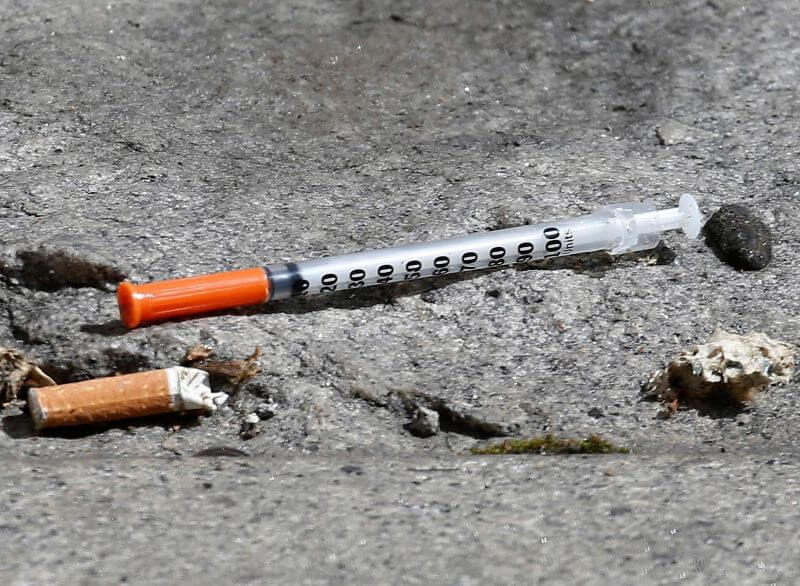Today, we’re tackling a serious topic that affects many workplaces, especially those in the healthcare realm: needle stick injuries. These little accidents can pack a big punch, posing health risks and causing stress. But fear not! We’re here to discuss what employers should be doing to keep you safe and some handy safety tips to avoid these mishaps altogether.
Let’s Talk Needle Stick Injuries
Before we jump into prevention strategies, let’s get on the same page about what needle stick injuries actually are. Essentially, they happen when a needle punctures your skin, potentially exposing you to blood or other bodily fluids. Yikes, right? These incidents can occur in hospitals, clinics, labs, or even in public spaces where needles aren’t disposed of properly. Such incidents often result in needle stick claims.
What Employers Should Be Doing
Alright, now that we know what we’re up against, let’s talk about what your employer should be doing to keep you safe:
- Assessing the Risks: Employers need to take a good hard look at the workplace and figure out where the risks lie. This means looking at the tasks you’re doing, the equipment you’re using, and the overall environment.
- Setting Safety Standards: Once they’ve pinpointed the risks, it’s on them to set up clear safety policies and procedures. Think guidelines for proper needle disposal, protocols for handling sharps, and instructions for using safety devices.
- Training, Training, Training: Knowledge is power, folks! Your employer should be providing thorough training on how to prevent needle stick injuries. This includes safe needle handling, disposal techniques, and the importance of reporting injuries ASAP.
- Gear Up: Your safety gear is your best friend. Employers should be hooking you up with safety needles, needleless systems, sharps containers, and personal protective equipment like gloves and goggles.
- Keep Things in Check: Regular maintenance and inspections are key. Your employer should be making sure all equipment is in tip-top shape and replacing anything that’s not up to snuff.
Safety Tips to Keep in Mind
Now, let’s talk about what you can do to protect yourself on the job:
- Use Safety Devices: Whenever possible, opt for safety-engineered devices like retractable needles or needleless systems. They’re designed to minimize the risk of accidental sticks.
- Dispose Properly: Don’t just toss those used needles anywhere! Use designated sharps containers and make sure they’re easily accessible. And hey, if you’re not sure how to use ’em, ask for a quick demo.
- Speak Up: If you do get pricked, don’t keep it to yourself! Wash the area pronto, seek medical attention, and let your supervisor know what happened. There’s no shame in reporting an injury.
- Stay in the Know: Safety training shouldn’t be a one-and-done deal. Make sure you’re staying up-to-date on best practices and getting regular refresher courses.
- Make Safety a Priority: Look out for your coworkers and encourage a culture of safety in your workplace. By working together, we can all help prevent these pesky injuries.
Making a Claim
Alright, let’s talk about what happens if you’ve been stuck by a needle and it wasn’t your fault. Whether it happened due to a lapse in safety procedures or faulty equipment, you have rights, and making a claim might be necessary. Here’s what you need to know:
1. Document Everything
First things first, document the incident. Write down exactly what happened, including the date, time, and location. Take photos of the scene if possible, and keep any medical records related to the injury.
2. Report It
Don’t wait to report the incident to your supervisor or designated safety officer. The sooner you report it, the better. Make sure to follow your workplace’s protocol for reporting injuries.
3. Seek Medical Attention
Even if the injury seems minor, it’s crucial to seek medical attention right away. Your health should always be the top priority. Plus, having medical records will strengthen your claim.
4. Know Your Rights
Familiarize yourself with your rights as an employee. In the UK, employers have a legal duty to protect their employees from harm in the workplace. If they’ve failed to do so, you may have grounds for a claim.
5. Consult a Solicitor
Consider seeking legal advice from a solicitor who specializes in workplace injuries. They can assess your case and help you understand your options for making a claim.
6. Gather Evidence
Your solicitor will need evidence to support your claim. This might include witness statements, medical records, and documentation of any safety violations or negligence on the part of your employer.
7. Follow the Process
Making a claim can be a lengthy process, so be prepared to be patient. Your solicitor will guide you through each step, from filing the claim to negotiating a settlement.
FAQs (Because We’ve Got Answers!)
Q: What should I do if I get stuck by a needle? A: Wash the area with soap and water, get medical help, and report it to your supervisor pronto.
Q: Can employers get in trouble for not preventing needle stick injuries? A: Absolutely! Employers have legal obligations to keep the workplace safe, and failing to do so can land them in hot water.
Q: Can needle stick injuries lead to serious health issues? A: Unfortunately, yes. They can transmit diseases like HIV and hepatitis, so it’s crucial to get checked out if it happens to you.
Wrapping It Up
So there you have it, folks! With a little teamwork and some common-sense safety measures, we can all do our part to prevent needle stick injuries. Remember, safety first, always. Let’s keep those needles where they belong – far, far away from our skin!
